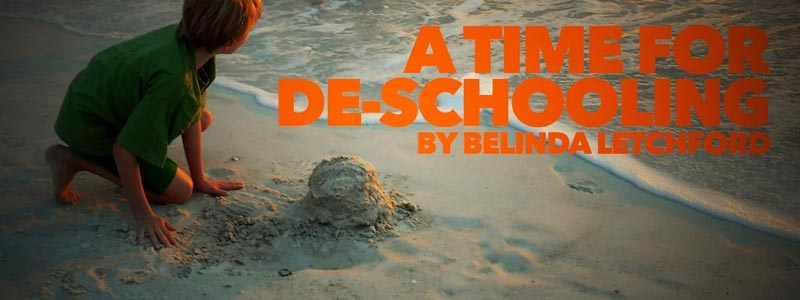Summer is a great time to fit in some fun family events. One of the things I enjoyed as a child was star gazing. When I was young, I would lie on my back and stare at the sky on a warm summer’s night and find shapes in the stars or especially bright objects. I liked to make up stories about the shapes I could see in the sky. This is a tradition my husband and I carried on with our own children. We lived in the country, so we would take a blanket out to the barnyard and lay under the stars pointing out the constellations that we recognized and tried to find new ones. It’s a wonderfully relaxing time with your children.
Some of you may want to get started with this family activity, but you don’t know where to begin. Here are some very good reference materials that might help you get started. To begin, simply get a star finder. Star finders are specific to either the Northern or Southern hemispheres because the constellations you see in the night sky are different in the two locations. In the Northern hemisphere we can see the Big Dipper (Ursa Major), Orion, and Cassiopeia, just to name a few. In the Southern hemisphere you might see Phoenix, Centaurus, and others. You can even get a Star Finder in a smaller size, so a bit easier to take outside with you.
Maybe you want to do a little reading and research before heading outdoors; there is a variety of resources for all ages. Seymour Simons Stars or Curious George Discovers the Stars offer a gentle introduction for younger children: written with understandable explanations. Stars contains beautiful photography of actual stars and constellations, while Curious George takes your children on a visual journey of the night sky led by George. For the middle school and up crowd there are great reference books like Astronomy for All Ages, Stargazer’s Guide to the Night Sky, and Usborne Discovery Astronomy. These books can be used for reference before going outside and after for looking up the things you were able to spot. If you want activities to go along with your study of astronomy and the stars, take a look at Galileo for Kids and Astronomy for Every Kid by Janice VanCleave.
You can always take the experience to the next step if your children seem really interested in the topic of astronomy. Curriculum for the topic is available for all ages. Exploring Creation with Astronomy by Apologia for grades K-6, Focus on Astronomy by Gravitas is available for grades K-8, Memoria Press Book of Astronomy for 3-5 grades, Signs and Seasons and Astronomy 2 (Pandia Press) for the junior high and high school students, and Crossroads of Science and Faith and Survey of Astronomy are written specifically for high school.
Many constellations can be seen with the naked eye, but binoculars can help you with some of the more obscure stars and night objects. If you have a serious star gazer in your group, think about getting a telescope; these are available in all price ranges. You can get beginner scopes for young children; these are great for getting children use to the idea of looking through them. They don’t have the magnification you get with a real scope. Telescopes can cost into the thousands based on the scope’s diameter, reflector or refractor, and features of the scope. A nice midline scope is a good family option without breaking the bank. Before buying a scope for your family, do some homework and get familiar with the terminology and what will fit into your budget. Sky.com, astronomy.com, and skyandtelescope.com all offer checklists for choosing your first telescope. You can also find a number of resources at your local library, planetarium, or find an astronomy club in your area.
Astronomy is more than just gazing at the stars, but the stars are a good place to begin. There is something fascinating about the vastness of the night sky and realizing its complexity – it is magnificent!
He counts the number of the stars;
He calls them all by name.
Psalm 147:4





